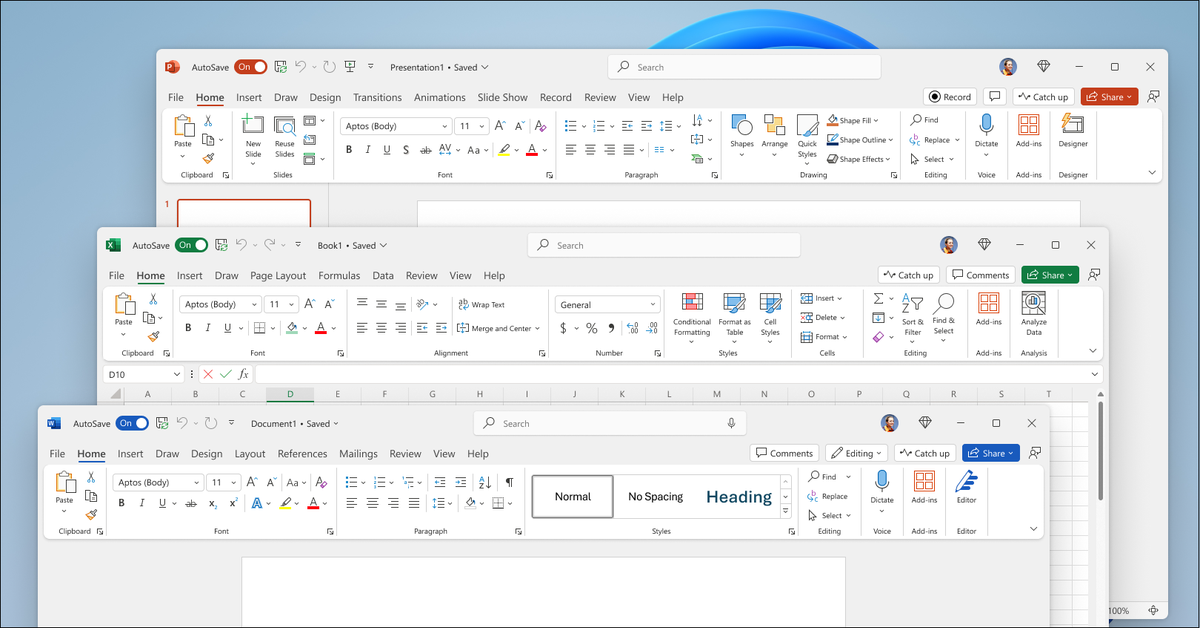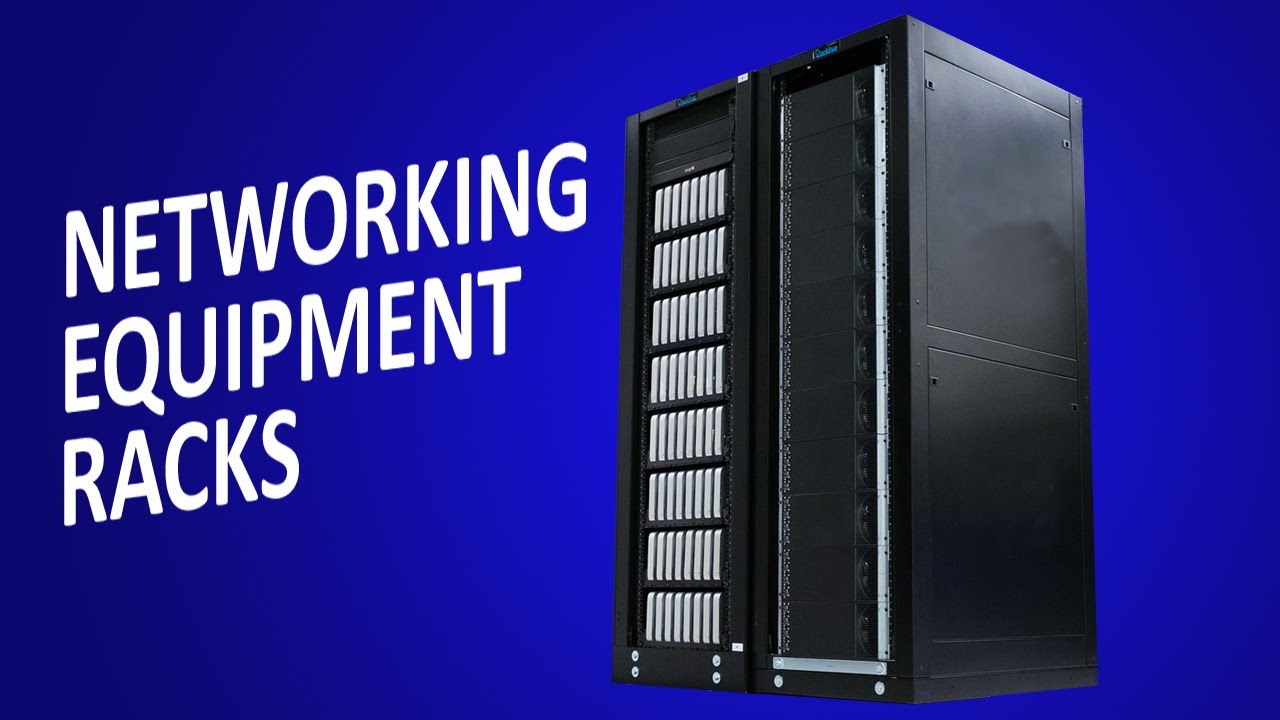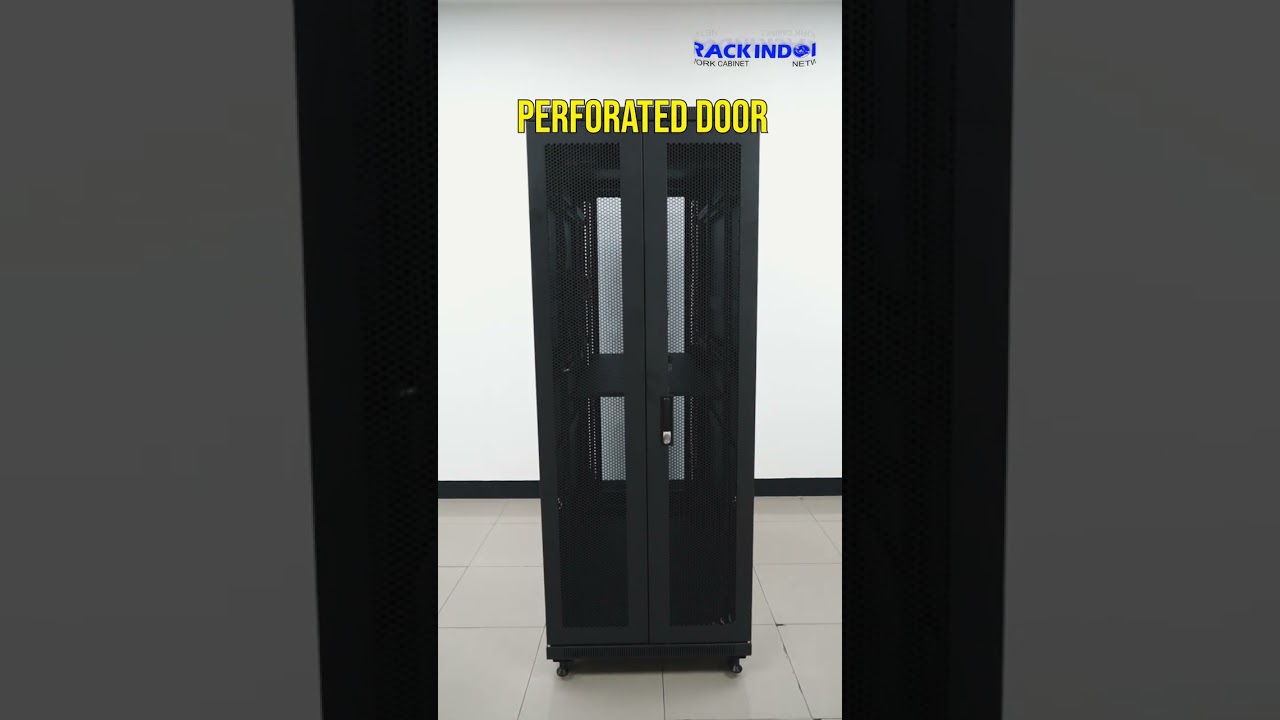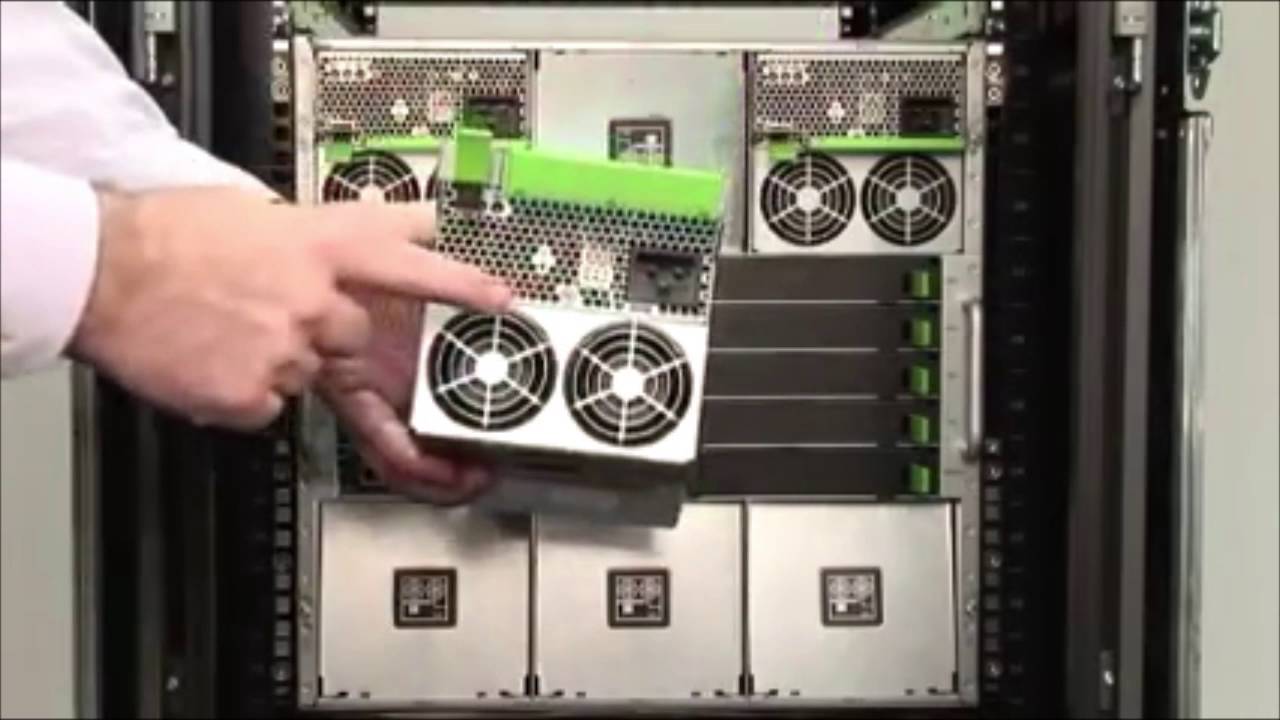Microsoft is releasing a new version of Office this week, designed for people that don’t want to subscribe to Microsoft 365. The standalone Microsoft Office 2024 release is now available for both consumers and small businesses, and includes locked-in-time versions of Word, Excel, PowerPoint, OneNote, and Outlook across both Mac and PC.
Technology
DeepMind’s SCoRe shows LLMs can use their internal knowledge to correct their mistakes

Join our daily and weekly newsletters for the latest updates and exclusive content on industry-leading AI coverage. Learn More
While large language models (LLMs) are becoming increasingly effective at complicated tasks, there are many cases where they can’t get the correct answer on the first try. This is why there is growing interest in enabling LLMs to spot and correct their mistakes, also known as “self-correction.” However, current attempts at self-correction are limited and have requirements that often cannot be met in real-world situations.
In a new paper, researchers at Google DeepMind introduce Self-Correction via Reinforcement Learning (SCoRe), a novel technique that significantly improves the self-correction capabilities of LLMs using only self-generated data. SCoRe can be a valuable tool for making LLMs more robust and reliable and opens new possibilities for enhancing their reasoning and problem-solving abilities.
The importance of self-correction in LLMs
“Self-correction is a capability that greatly enhances human thinking,” Aviral Kumar, research scientist at Google DeepMind, told VentureBeat. “Humans often spend more time thinking, trying out multiple ideas, correcting their mistakes, to finally then solve a given challenging question, as opposed to simply in one-shot producing solutions for challenging questions. We would want LLMs to be able to do the same.”
Ideally, an LLM with strong self-correction capabilities should be able to review and refine its own answers until it reaches the correct response. This is especially important because LLMs often possess the knowledge needed to solve a problem internally but fail to use it effectively when generating their initial response.
“From a fundamental ML point of view, no LLM is expected to solve hard problems all within zero-shot using its memory (no human certainly can do this), and hence we want LLMs to spend more thinking computation and correct themselves to succeed on hard problems,” Kumar said.
Previous attempts at enabling self-correction in LLMs have relied on prompt engineering or fine-tuning models specifically for self-correction. These methods usually assume that the model can receive external feedback on the quality of the outputs or has access to an “oracle” that can guide the self-correction process.
These techniques fail to use the intrinsic self-correction capabilities of the model. Supervised fine-tuning (SFT) methods, which involve training a model to fix the mistakes of a base model, have also shown limitations. They often require oracle feedback from human annotators or stronger models and do not rely on the model’s own knowledge. Some SFT methods even require multiple models during inference to verify and refine the answer, which makes it difficult to deploy and use them.
Additionally, DeepMind’s research shows that while SFT methods can improve a model’s initial responses, they do not perform well when the model needs to revise its answers over multiple steps, which is often the case with complicated problems.
“It might very well happen that by the end of training the model will know how to fix the base model’s mistakes but might not have enough capabilities to detect its own mistakes,” Kumar said.
Another challenge with SFT is that it can lead to unintended behavior, such as the model learning to produce the best answer in the first attempt and not changing it in subsequent steps, even if it’s incorrect.
“We found behavior of SFT trained models largely collapses to this ‘direct’ strategy as opposed to learning how to self-correct,” Kumar said.
Self-correction through reinforcement learning

To overcome the limitations of previous approaches, the DeepMind researchers turned to reinforcement learning (RL).
“LLMs today cannot do [self-correction], as is evident from prior studies that evaluate self-correction. This is a fundamental issue,” Kumar said. “LLMs are not trained to look back and introspect their mistakes, they are trained to produce the best response given a question. Hence, we started building methods for self-correction.”
SCoRe trains a single model to both generate responses and correct its own errors without relying on external feedback. Importantly, SCoRe achieves this by training the model entirely on self-generated data, eliminating the need for external knowledge.
Previous attempts to use RL for self-correction have mostly relied on single-turn interactions, which can lead to undesirable outcomes, such as the model focusing solely on the final answer and ignoring the intermediate steps that guide self-correction.
“We do see… ‘behavior collapse’ in LLMs trained to do self-correction with naive RL. It learned to simply ignore the instruction to self-correct and produce the best response out of its memory, in zero-shot, without learning to correct itself,” Kumar said.
To prevent behavior collapse, SCoRe uses a two-stage training process with regularization techniques. The first stage replaces SFT with a process that optimizes correction performance while ensuring that the model’s initial attempts remain close to the base model’s outputs.
The second stage employs multi-turn RL to optimize reward at both the initial and subsequent attempts while incorporating a reward bonus that encourages the model to improve its responses from the first to the second attempt.
“Both the initialization and the reward bonus ensure that the model cannot simply learn to produce the best first-attempt response and only minorly edit it,” the researchers write. “Overall, SCoRe is able to elicit knowledge from the base model to enable positive self-correction.”
SCoRe in action
The DeepMind researchers evaluated SCoRe against existing methods that use self-generated data for self-correction training. They focused on math and coding tasks, using benchmarks such as MATH, MBPP, and HumanEval.

The results showed that SCoRe significantly improved the self-correction capabilities of Gemini 1.0 Pro and 1.5 Flash models. For example, SCoRe achieved a 15.6% absolute gain in self-correction on the MATH benchmark and a 9.1% gain on the HumanEval benchmark in comparison to the base model, beating other self-correction methods by several percentage points.
The most notable improvement was in the model’s ability to correct its mistakes from the first to the second attempt. SCoRe also considerably reduced the instances where the model mistakenly changed a correct answer to an incorrect one, indicating that it learned to apply corrections only when necessary.
Furthermore, SCoRe proved to be highly efficient when combined with inference-time scaling strategies such as self-consistency. By splitting the same inference budget across multiple rounds of correction, SCoRe enabled further performance gains.

While the paper primarily focuses on coding and reasoning tasks, the researchers believe that SCoRe can be beneficial for other applications as well.
“You could imagine teaching models to look back at their outputs that might potentially be unsafe and improve them all by themselves, before showing it to the user,” Kumar said.
The researchers believe that their work has broader implications for training LLMs and highlights the importance of teaching models how to reason and correct themselves rather than simply mapping inputs to outputs.
Source link
Servers computers
REKOMENDASI RAK SERVER 2023, INDORACK PASTINYA #indorack #rakserver #rackserver
Technology
Hedosophia leads $7M seed round into retail supply chain AI startup Ameba

Traditional retailers have a pressing problem. Fast-moving like Shein and Temu are eating their lunch by leveraging purpose-built, end-to-end supply chains. Meanwhile, incumbent retailers are still stuck on legacy platforms, juggling a myriad number of data sets, and struggling to respond to a punishingly fast market.
A London-based startup thinks it has the solution to this problem. Ameba claims to be able to the unstructured data in a retailer’s supply chain systems, sprinkle in some generative AI, and make the whole thing more efficient.
The startup has now raised a $7.1 million seed round led by London-based VC firm Hedosophia, which has gained a reputation for rarely revealing which companies it invests in. TechCrunch reached out to the latter for further comment, but did not receive a response before publication.
Ameba’s platform uses generative AI on top of existing supply chain software to give retailers insights into their global supply chains, extracting data from a wide range of sources in order to predict disruptions and react to bottlenecks. The company claims it can reduce manual data input by 30%.
“In supply chains, particularly in the fashion consumer space, a lot of very important data is currently not being captured,” Ameba’s founder, Cedrik Hoffmann, told TechCrunch. “A lot of times, the things that are in the shops are sold at the wrong cost or they’re out of stock, or whatever.”
He said Ameba captures these unstructured data points that cost systems don’t: “We release that information from the information silos, bring them to a central source and surface the insights that are developed from them to the relevant parties within your organization.”
Co-founder Craig Massie said their underlying AI mixes a range of foundational models, including Open AI’s: “It changes depending on the task at hand and what performs best in our benchmarks for that task. The underlying constant across our AI usage is our multi-step agents — they can take actions, explore your ontology and its connections, read your supplier emails, WhatsApps and attachments.”
So far, British interior hardware and lighting company Plank has used Ameba to generate 140 alerts highlighting critical production and delivery delays that would have previously been missed or overlooked.
Before Ameba, Hoffman was the former supply chain director and co-founder of e-commerce company VALOREO, while Massie is a former Palantir engineer.
Also participating in the funding round were Visionaries Club, which previously led Ameba’s pre-seed round, and Anamcara Capital.
Isabella Yamamoto, principal at Visionaries Club, said in a statement, “After speaking to many supply chain owners, we were convinced that Cedrik and Craig had the experience to build a disruptive business using AI to eliminate fragmentation in supply chains and unlock competitive advantage for brands.”
Technology
Microsoft Office 2024 is now available for Macs and PCs

Office 2024 includes a lot of the updates that Microsoft has been delivering to Microsoft 365 subscribers over the past few years. Microsoft last released a standalone version of Office in 2021, and this new Office 2024 release includes improvements to the core apps, as well as accessibility and UI changes.
Office 2024 has a new default theme, with Microsoft’s latest Fluent Design principles that match the visual changes to Windows 11. Microsoft has also added accessibility-focused improvements to help Office users find potential accessibility issues in documents, slideshows, workbooks, and emails.
The biggest changes in Office 2024 can be found in Excel, PowerPoint, and Outlook. Microsoft has added new functions in Excel to use text and arrays in worksheets, alongside a new IMAGE function that can pull pictures from the web. Excel 2024 can also now reference Dynamic Arrays in charts, which can automatically update rather than being fixed to set data points. Microsoft claims the overall speed and stability of Excel 2024 should also be improved.
In PowerPoint Microsoft has added the cameo feature, allowing you to insert a live camera feed into slides. PowerPoint also has a new recording studio feature that includes recording features for narration, animations, transitions, and inking. You can also add closed captions or subtitles to videos and audio files in slides, making presentations a lot more accessible.
Outlook 2024 includes improvements to search so you get more relevant results for messages, attachments, contacts, and calendar entries. This latest Outlook release also includes more options for meetings, including the ability to automatically shorten them. Mac users can also customize swipe left and right gestures in Outlook.
In Word, Excel, and PowerPoint you can now insert a picture easily from an Android mobile device, and Microsoft is also supporting version 1.4 of the OpenDocument format (ODF) which includes a variety of new improvements. Word and PowerPoint also include the ability to like and react to comments in documents.
Word 2024 users will also be able to recover a session if your PC crashes. Word will automatically open all the documents you had open before your PC crashed, you lost power, or Word simply closed unexpectedly. OneNote 2024 users will also get access to the new inking and drawing experience.
Microsoft says Office 2024 will require a Microsoft account and an internet connection, but if it’s anything like Office 2021 then you’ll only need an internet connection to install the suite, activate it, and get any security updates. Office 2024 will run on Windows 10 and 11 as well as the three most recent releases of macOS.
Office 2024 will be available in two different editions. Office Home 2024, priced at $149.99, includes Word, Excel, PowerPoint, and OneNote for PC or Mac. If you want Outlook, you’ll need to purchase the $249.99 Office Home and Business 2024 version, which also includes the rights to use the apps for commercial purposes.
Servers computers
Fujitsu PRIMERGY BX900 Blade Server Enclosure Forefront Technologies
Technology
Forget AI — most UK firms just want to hire basic IT skills


Despite ongoing interest surrounding artificial intelligence technologies embedded into work environments, UK businesses are still prioritizing hiring workers with basic technical skills.
New research by Indeed found only 2.6% of job postings in the UK mentioned AI skills, with basic skills like Microsoft Office and generic IT expertise coming up more frequently.
According to the report, the most common technical skills sought by UK employers include generic IT skills (10%), Microsoft Office (6%) and Microsoft Excel (5%). Moreover, demand for basic IT skills has remained pretty consistent over the past five years, both in the UK and in other markets like the US.
UK businesses need basic IT skills more than AI
Besides tech skills, Indeed found that UK employers are also prioritizing human skills like communication (30%), leadership (9%) and organization (7%).
Moreover, Indeed’s research into the current state of the UK jobs market tackles ongoing concern that AI could replace human workers. The analysis of over 2,800 work skills found that two-thirds (68.7%) are ‘very unlikely’ or ‘unlikely’ to be replaced by generative AI.
“While AI and other advanced technologies are likely to shape the future labour market, the current reality is that many employers are simply seeking workers with basic computer skills,” commented Indeed Senior Economist Jack Kennedy.
“While AI may eventually necessitate a broad upskilling across the workforce to embrace advanced technologies, there remains a more pressing concern around closing basic digital skills gaps and allowing everyone to fully engage with work in the digital age.”
This is despite Britain’s Prime Minister, Sir Keir Starmer’s ambitions to make the UK a global AI hub.
Despite the Prime Minister’s efforts, the current jobs market suggests businesses are not yet aligned with the vision, with employers still seeking fundamental tech skills and human competencies.
More from TechRadar Pro
Servers computers
Networking Equipment Racks – How Do They Work?

Why do we need Networking Equipment Racks?
►► Grab My FREE Beginner Networking Course – https://acenetworker.com/networking
🎓 MY FREE TRAINING 🎓
How do they work and what size(s) are needed? Showing you some of the basics you’ll need to know when you get into the networking industry. .
source
-

 Womens Workouts1 week ago
Womens Workouts1 week ago3 Day Full Body Women’s Dumbbell Only Workout
-

 Technology2 weeks ago
Technology2 weeks agoWould-be reality TV contestants ‘not looking real’
-

 Science & Environment2 weeks ago
Science & Environment2 weeks ago‘Running of the bulls’ festival crowds move like charged particles
-

 Science & Environment2 weeks ago
Science & Environment2 weeks agoHyperelastic gel is one of the stretchiest materials known to science
-

 Science & Environment2 weeks ago
Science & Environment2 weeks agoMaxwell’s demon charges quantum batteries inside of a quantum computer
-

 Science & Environment2 weeks ago
Science & Environment2 weeks agoHow to unsnarl a tangle of threads, according to physics
-

 Science & Environment2 weeks ago
Science & Environment2 weeks agoHow to wrap your mind around the real multiverse
-

 News1 week ago
News1 week agoOur millionaire neighbour blocks us from using public footpath & screams at us in street.. it’s like living in a WARZONE – WordupNews
-

 Science & Environment2 weeks ago
Science & Environment2 weeks agoSunlight-trapping device can generate temperatures over 1000°C
-

 Science & Environment2 weeks ago
Science & Environment2 weeks agoLiquid crystals could improve quantum communication devices
-

 Science & Environment2 weeks ago
Science & Environment2 weeks agoITER: Is the world’s biggest fusion experiment dead after new delay to 2035?
-

 Science & Environment2 weeks ago
Science & Environment2 weeks agoPhysicists are grappling with their own reproducibility crisis
-

 Science & Environment2 weeks ago
Science & Environment2 weeks agoQuantum ‘supersolid’ matter stirred using magnets
-

 Science & Environment2 weeks ago
Science & Environment2 weeks agoWhy this is a golden age for life to thrive across the universe
-

 News2 weeks ago
News2 weeks agoYou’re a Hypocrite, And So Am I
-

 Sport2 weeks ago
Sport2 weeks agoJoshua vs Dubois: Chris Eubank Jr says ‘AJ’ could beat Tyson Fury and any other heavyweight in the world
-

 Science & Environment2 weeks ago
Science & Environment2 weeks agoQuantum forces used to automatically assemble tiny device
-

 Science & Environment2 weeks ago
Science & Environment2 weeks agoNuclear fusion experiment overcomes two key operating hurdles
-

 Science & Environment2 weeks ago
Science & Environment2 weeks agoCaroline Ellison aims to duck prison sentence for role in FTX collapse
-

 Science & Environment2 weeks ago
Science & Environment2 weeks agoTime travel sci-fi novel is a rip-roaringly good thought experiment
-

 Science & Environment2 weeks ago
Science & Environment2 weeks agoLaser helps turn an electron into a coil of mass and charge
-

 Science & Environment2 weeks ago
Science & Environment2 weeks agoNerve fibres in the brain could generate quantum entanglement
-

 News2 weeks ago
News2 weeks agoIsrael strikes Lebanese targets as Hizbollah chief warns of ‘red lines’ crossed
-

 CryptoCurrency2 weeks ago
CryptoCurrency2 weeks agoCardano founder to meet Argentina president Javier Milei
-

 Science & Environment1 week ago
Science & Environment1 week agoMeet the world's first female male model | 7.30
-

 Womens Workouts2 weeks ago
Womens Workouts2 weeks agoBest Exercises if You Want to Build a Great Physique
-

 CryptoCurrency2 weeks ago
CryptoCurrency2 weeks agoEthereum is a 'contrarian bet' into 2025, says Bitwise exec
-

 News2 weeks ago
News2 weeks ago▶️ Media Bias: How They Spin Attack on Hezbollah and Ignore the Reality
-

 Science & Environment2 weeks ago
Science & Environment2 weeks agoA slight curve helps rocks make the biggest splash
-

 Science & Environment2 weeks ago
Science & Environment2 weeks agoWhy we need to invoke philosophy to judge bizarre concepts in science
-

 CryptoCurrency2 weeks ago
CryptoCurrency2 weeks agoBitcoin miners steamrolled after electricity thefts, exchange ‘closure’ scam: Asia Express
-

 CryptoCurrency2 weeks ago
CryptoCurrency2 weeks agoDZ Bank partners with Boerse Stuttgart for crypto trading
-

 CryptoCurrency2 weeks ago
CryptoCurrency2 weeks agoBitcoin bulls target $64K BTC price hurdle as US stocks eye new record
-

 Womens Workouts2 weeks ago
Womens Workouts2 weeks agoEverything a Beginner Needs to Know About Squatting
-

 News1 week ago
News1 week agoFour dead & 18 injured in horror mass shooting with victims ‘caught in crossfire’ as cops hunt multiple gunmen
-

 Womens Workouts1 week ago
Womens Workouts1 week ago3 Day Full Body Toning Workout for Women
-

 Travel1 week ago
Travel1 week agoDelta signs codeshare agreement with SAS
-

 Politics7 days ago
Politics7 days agoHope, finally? Keir Starmer’s first conference in power – podcast | News
-

 Sport2 weeks ago
Sport2 weeks agoUFC Edmonton fight card revealed, including Brandon Moreno vs. Amir Albazi headliner
-

 Technology2 weeks ago
Technology2 weeks agoiPhone 15 Pro Max Camera Review: Depth and Reach
-

 News2 weeks ago
News2 weeks agoBrian Tyree Henry on voicing young Megatron, his love for villain roles
-

 Science & Environment2 weeks ago
Science & Environment2 weeks agoQuantum time travel: The experiment to ‘send a particle into the past’
-

 CryptoCurrency2 weeks ago
CryptoCurrency2 weeks agoDorsey’s ‘marketplace of algorithms’ could fix social media… so why hasn’t it?
-

 CryptoCurrency2 weeks ago
CryptoCurrency2 weeks agoRedStone integrates first oracle price feeds on TON blockchain
-

 CryptoCurrency2 weeks ago
CryptoCurrency2 weeks agoLow users, sex predators kill Korean metaverses, 3AC sues Terra: Asia Express
-

 CryptoCurrency2 weeks ago
CryptoCurrency2 weeks agoBlockdaemon mulls 2026 IPO: Report
-

 CryptoCurrency2 weeks ago
CryptoCurrency2 weeks agoCoinbase’s cbBTC surges to third-largest wrapped BTC token in just one week
-

 News1 week ago
News1 week agoWhy Is Everyone Excited About These Smart Insoles?
-

 Science & Environment2 weeks ago
Science & Environment2 weeks agoA new kind of experiment at the Large Hadron Collider could unravel quantum reality
-

 Science & Environment2 weeks ago
Science & Environment2 weeks agoHow one theory ties together everything we know about the universe
-
News2 weeks ago
the pick of new debut fiction
-

 Science & Environment2 weeks ago
Science & Environment2 weeks agoBeing in two places at once could make a quantum battery charge faster
-

 CryptoCurrency2 weeks ago
CryptoCurrency2 weeks agoCrypto scammers orchestrate massive hack on X but barely made $8K
-

 Science & Environment2 weeks ago
Science & Environment2 weeks agoTiny magnet could help measure gravity on the quantum scale
-

 Science & Environment2 weeks ago
Science & Environment2 weeks agoFuture of fusion: How the UK’s JET reactor paved the way for ITER
-

 Science & Environment2 weeks ago
Science & Environment2 weeks agoHow do you recycle a nuclear fusion reactor? We’re about to find out
-

 CryptoCurrency2 weeks ago
CryptoCurrency2 weeks agoTelegram bot Banana Gun’s users drained of over $1.9M
-

 CryptoCurrency2 weeks ago
CryptoCurrency2 weeks agoVonMises bought 60 CryptoPunks in a month before the price spiked: NFT Collector
-

 CryptoCurrency2 weeks ago
CryptoCurrency2 weeks agoSEC asks court for four months to produce documents for Coinbase
-

 CryptoCurrency2 weeks ago
CryptoCurrency2 weeks ago‘No matter how bad it gets, there’s a lot going on with NFTs’: 24 Hours of Art, NFT Creator
-
Business2 weeks ago
How Labour donor’s largesse tarnished government’s squeaky clean image
-

 News2 weeks ago
News2 weeks agoBrian Tyree Henry on voicing young Megatron, his love for villain roles
-

 Womens Workouts2 weeks ago
Womens Workouts2 weeks agoHow Heat Affects Your Body During Exercise
-

 Womens Workouts2 weeks ago
Womens Workouts2 weeks agoKeep Your Goals on Track This Season
-

 Science & Environment7 days ago
Science & Environment7 days agoX-rays reveal half-billion-year-old insect ancestor
-

 News2 weeks ago
News2 weeks agoChurch same-sex split affecting bishop appointments
-

 Technology2 weeks ago
Technology2 weeks agoFivetran targets data security by adding Hybrid Deployment
-

 Politics2 weeks ago
Politics2 weeks agoLabour MP urges UK government to nationalise Grangemouth refinery
-

 Health & fitness2 weeks ago
Health & fitness2 weeks agoThe maps that could hold the secret to curing cancer
-

 CryptoCurrency2 weeks ago
CryptoCurrency2 weeks ago$12.1M fraud suspect with ‘new face’ arrested, crypto scam boiler rooms busted: Asia Express
-

 Science & Environment2 weeks ago
Science & Environment2 weeks agoUK spurns European invitation to join ITER nuclear fusion project
-

 CryptoCurrency2 weeks ago
CryptoCurrency2 weeks agoDecentraland X account hacked, phishing scam targets MANA airdrop
-

 CryptoCurrency2 weeks ago
CryptoCurrency2 weeks agoCertiK Ventures discloses $45M investment plan to boost Web3
-

 CryptoCurrency2 weeks ago
CryptoCurrency2 weeks agoBeat crypto airdrop bots, Illuvium’s new features coming, PGA Tour Rise: Web3 Gamer
-

 CryptoCurrency2 weeks ago
CryptoCurrency2 weeks ago‘Silly’ to shade Ethereum, the ‘Microsoft of blockchains’ — Bitwise exec
-

 CryptoCurrency2 weeks ago
CryptoCurrency2 weeks agoVitalik tells Ethereum L2s ‘Stage 1 or GTFO’ — Who makes the cut?
-

 CryptoCurrency2 weeks ago
CryptoCurrency2 weeks agoEthereum falls to new 42-month low vs. Bitcoin — Bottom or more pain ahead?
-
Business2 weeks ago
Thames Water seeks extension on debt terms to avoid renationalisation
-
Politics2 weeks ago
‘Appalling’ rows over Sue Gray must stop, senior ministers say | Sue Gray
-

 News2 weeks ago
News2 weeks agoBrian Tyree Henry on his love for playing villains ahead of “Transformers One” release
-
Politics2 weeks ago
UK consumer confidence falls sharply amid fears of ‘painful’ budget | Economics
-

 Womens Workouts2 weeks ago
Womens Workouts2 weeks agoWhich Squat Load Position is Right For You?
-

 Science & Environment1 week ago
Science & Environment1 week agoCNN TÜRK – 🔴 Canlı Yayın ᴴᴰ – Canlı TV izle
-

 Technology1 week ago
Technology1 week agoRobo-tuna reveals how foldable fins help the speedy fish manoeuvre
-

 News6 days ago
News6 days agoUS Newspapers Diluting Democratic Discourse with Political Bias
-

 Technology2 weeks ago
Technology2 weeks agoIs carbon capture an efficient way to tackle CO2?
-

 Politics2 weeks ago
Politics2 weeks agoTrump says he will meet with Indian Prime Minister Narendra Modi next week
-

 Science & Environment2 weeks ago
Science & Environment2 weeks agoSingle atoms captured morphing into quantum waves in startling image
-

 Technology2 weeks ago
Technology2 weeks agoCan technology fix the ‘broken’ concert ticketing system?
-

 Fashion Models2 weeks ago
Fashion Models2 weeks agoMixte
-

 Science & Environment2 weeks ago
Science & Environment2 weeks agoHow Peter Higgs revealed the forces that hold the universe together
-

 Health & fitness2 weeks ago
Health & fitness2 weeks agoThe secret to a six pack – and how to keep your washboard abs in 2022
-

 CryptoCurrency2 weeks ago
CryptoCurrency2 weeks ago2 auditors miss $27M Penpie flaw, Pythia’s ‘claim rewards’ bug: Crypto-Sec
-

 CryptoCurrency2 weeks ago
CryptoCurrency2 weeks agoJourneys: Robby Yung on Animoca’s Web3 investments, TON and the Mocaverse
-

 CryptoCurrency2 weeks ago
CryptoCurrency2 weeks agoLouisiana takes first crypto payment over Bitcoin Lightning
-

 CryptoCurrency2 weeks ago
CryptoCurrency2 weeks ago‘Everything feels like it’s going to shit’: Peter McCormack reveals new podcast
-

 Science & Environment2 weeks ago
Science & Environment2 weeks agoA tale of two mysteries: ghostly neutrinos and the proton decay puzzle
-

 CryptoCurrency2 weeks ago
CryptoCurrency2 weeks agoSEC sues ‘fake’ crypto exchanges in first action on pig butchering scams
-

 CryptoCurrency2 weeks ago
CryptoCurrency2 weeks agoBitcoin price hits $62.6K as Fed 'crisis' move sparks US stocks warning
-

 CryptoCurrency2 weeks ago
CryptoCurrency2 weeks agoCZ and Binance face new lawsuit, RFK Jr suspends campaign, and more: Hodler’s Digest Aug. 18 – 24



You must be logged in to post a comment Login